Category: Articles
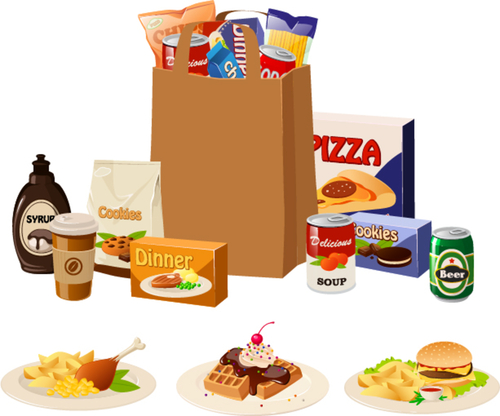
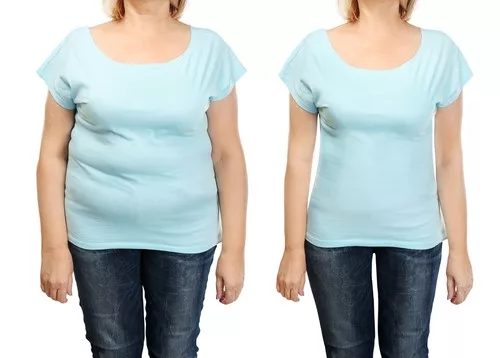
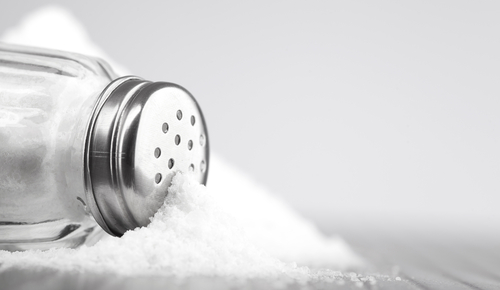
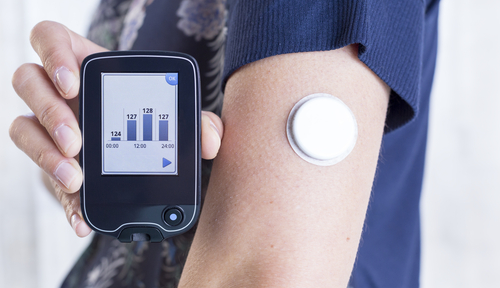
CGM’s – Continuous Glucose Monitors
A Weight Management Option For Understanding Yourself Better by Mila McManus, MD
Read More
Blood Sugar:
Our Need For Glucose is a Slow Drip, Not a Flood! Nancy Mehlert, MS, Nutrition Expert at The Woodlands Institute for Health and Wellness When early humans hunted, gathered, and raised their own food sources, the diet was naturally balanced with healthy fats, protein, fiber, and carbohydrates. Stable blood sugar was almost a given…
Read More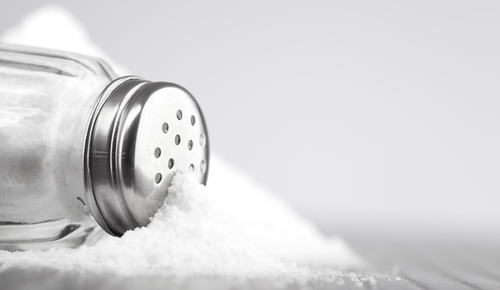




Take Charge of Your Health
We believe in empowering you to be an active participant in your health journey. With our guidance, simple lifestyle adjustments can yield profound results. Let us be the bridge to a healthier, happier you.
SCHEDULE AN APPOINTMENT